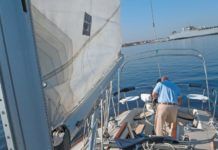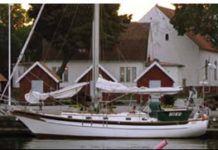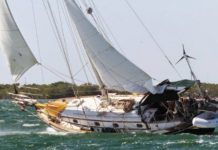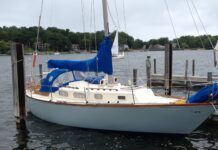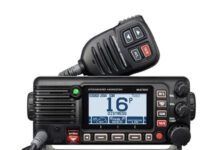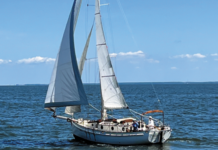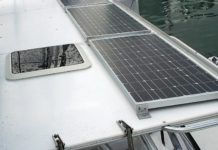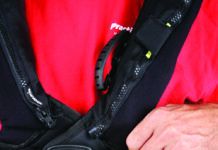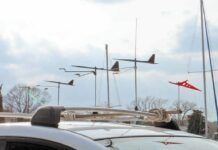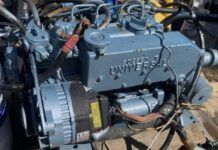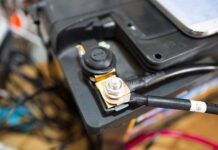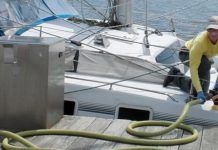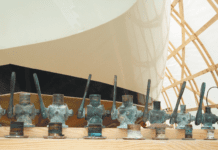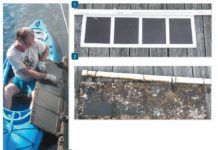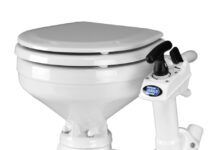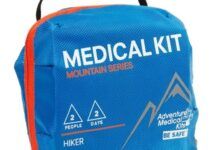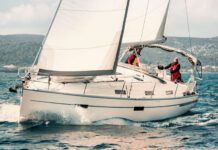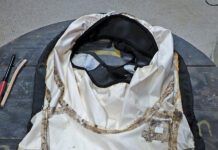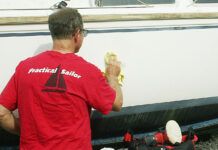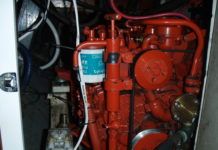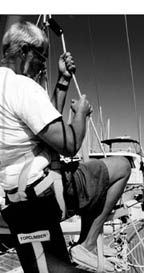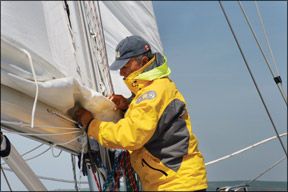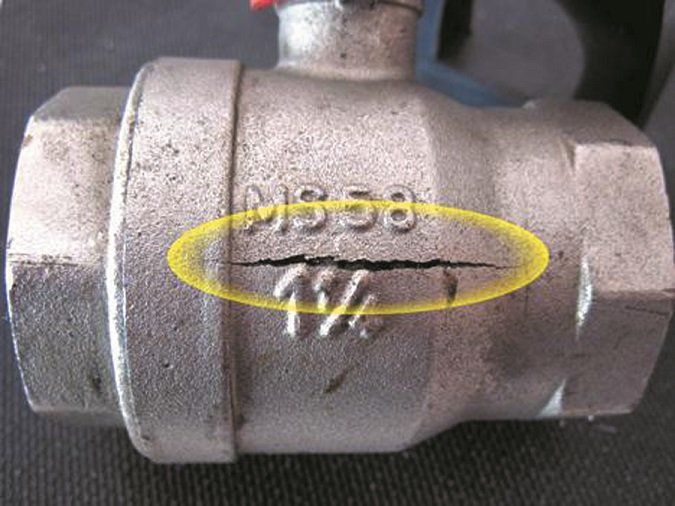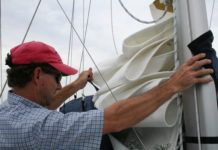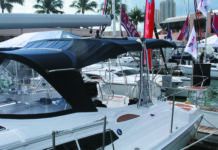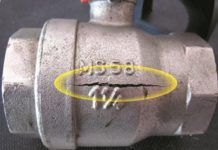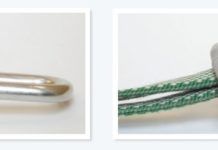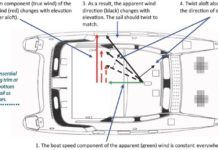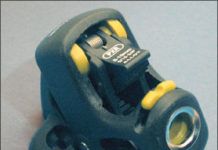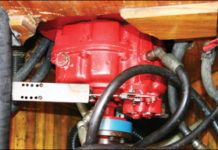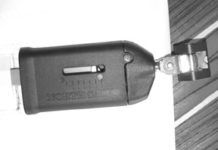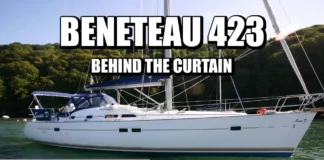Riding the ‘A’-train
Almost every production-built boat that PS editors and contributors go aboard these days has an inventory that includes an asymmetrical spinnaker. That isn’t a...
Discount Options for Sails
Buying new sails is a big step for most every boat owner. The joys of enhanced performance and greater reliability take some of the...
What Color Bimini Top is Best for Summer?
So you want to build the awning described on page 7 of this issue, and were wondering what material to use. We’ve been using...
Online Help for Autumn
It's getting to be that time of year, when many skippers haul out or head south. Fall also heralds the beginning of boat show...
The No-sew Webbing Strap with Link Buckle
Weve sewn our fair share of eyes in nylon webbing, but heres an easy no-sew alternative for creating a webbing strap with a buckle...
Reading the Telltales on Your Sails
Even the most laid-back cruiser has days when he would like to get there an hour sooner. But speed is not the only reason...
Eight Sailboat Cam Cleats Tested on Doomsday Device
Cam cleats are everywhere on sailboats. You can hardly put a hand near a modern rig without touching one. They really are useful little...
The Cruising Sailors Drivetrain
Andy O'Grady and wife Ulla Norlander have sailed their 42-foot gaff cutter Balaena to the far corners of the planet.
At the end of 1999,...
Mainsail Track Hardware
Sailmakers are familiar with the half dozen manufacturers of in-boom furlers, all of which remain very expensive. Aaron Jasper, told us: "They are fussy...
Offshore Log: Up the Mast, One at a Time
Many PS readers undoubtedly found our articles on going aloft alone (July 1, 1998 and August 15, 1998) a little esoteric, but for the...


